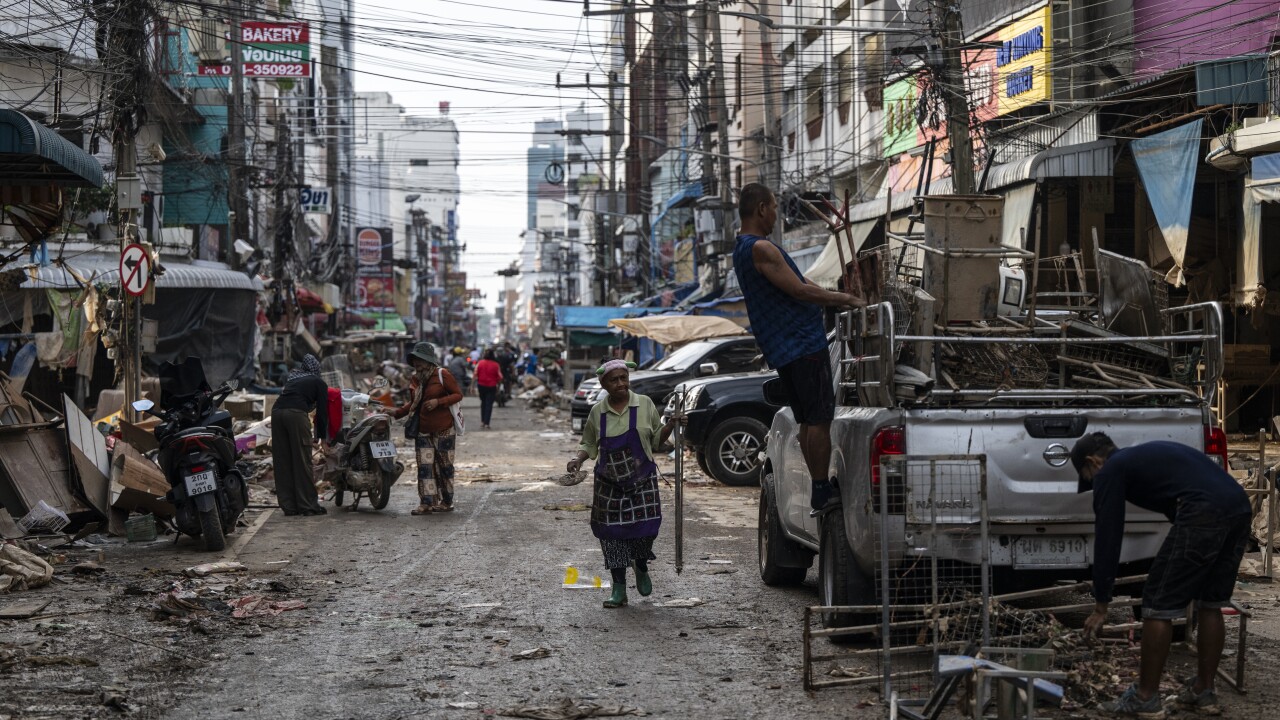Takeaways:
- Question of funding will proceed in an LA court
- The FAIR Plan has taken on more policies, straining its finances
- Policyholders will have to bear higher costs
A challenge to the California FAIR Plan's right to charge home insurance policyholders a fee to help it stay afloat will proceed in court. Strains on the finances of the FAIR Plan, the state's insurer of last resort, had been increasing even before the January wildfires.
The Los Angeles Superior Court ruled July 22 that

CDI and the state's insurance commissioner Ricardo Lara were taking measures to strengthen the FAIR Plan, including allowing it to offer commercial property coverage and imposing an assessment due to the January wildfires. That assessment will amount to about $60 per policyholder, according to Jordan Haedtler, a climate finance strategist and policy advisor at the Infrastructure Fairness Project.
The decision to shift costs to policyholders is a tough one, but had to be done for the insurance market to function, observed

"The modernization of the FAIR plan reflects a shift in policy by the people who have the ability to shift the policy, because they're acknowledging that it doesn't work for the market," he said. "The private market's not going to work if you continue to shift this risk to them. So where do you put it? Someone's got to pay for it – unless you want to invest in resilience, reduce losses and mitigate losses. Until you do that, there's going to be some risks that the private industry considers to be uninsurable. It's acknowledging that you can't force private capital to remain forever under whatever conditions you want to impose on them."
The FAIR Plan's increases in policies and exposure happened because of private insurers withdrawing from the market. The FAIR Plan's pricing isn't truly risk-based, according to Byrne, because if it could be, the private market would insure those properties, he said.
"Something in that is probably not actuarial based, or sustainable in the long run, if there continue to be these kinds of events," Byrne said. "What's going to happen? It's kicking the can down the road."
Adding commercial property insurance to the FAIR Plan means it is competing with the private market with that coverage, according to Byrne.
"Should the market of last resort be competing with the private market in that way, and offering more than the private market?" he asked, adding that commercial property owners will go to the FAIR Plan if it gets them a higher limit on claims. This means pricing of FAIR Plan commercial property insurance is not really risk-based, according to Byrne.






